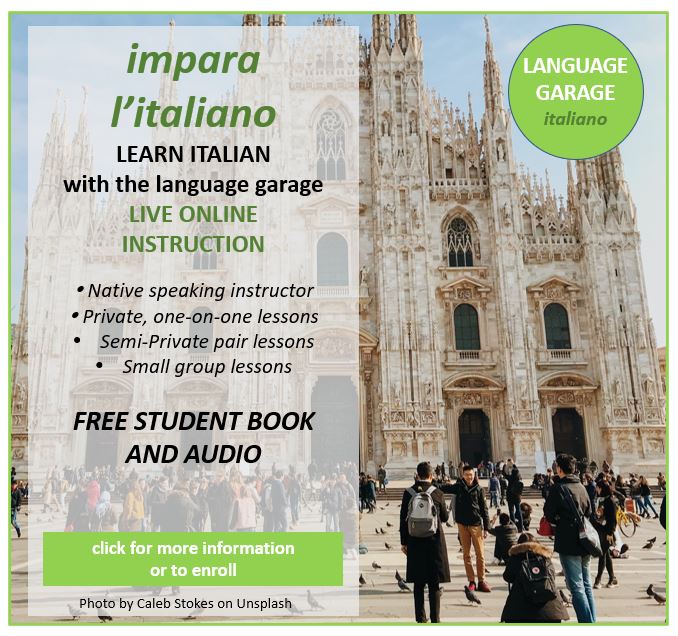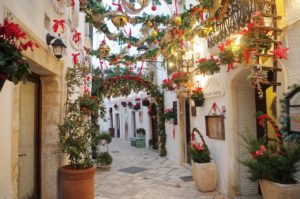Italy’s Festa della Repubblica: Celebrating National Identity
Every year on June 2, Italy celebrates La Festa della Repubblica, one of the country’s most important national holidays. This day commemorates the birth of the Italian Republic in 1946. This is when Italians voted in a referendum istituzionale (institutional referendum) to choose between keeping the monarchy or becoming a republic. All of this happened against the backdrop of the end of la Seconda Guerra Mondiale (World War II) and the fall of fascism.
Historical Origins of Italy’s Festa della Repubblica
On June 2 and 3, 1946, Italians went to the polls to choose the future path of their country. For the first time, le donne (women) had the right to vote in a national election. The people chose la repubblica (the republic) with around 54% of the vote. This brought an end to the rule of la monarchia (the monarchy) and la Casa Savoia (the House of Savoy). King Umberto II was forced into exile, and on June 18, the referendum results became official. This marked the symbolic birth of modern democratic Italy.
How Italians Celebrate la Festa della Repubblica
The main celebration takes place of course in Rome, the capital. Here there is a grand parata militare (military parade) along the Fori Imperiali (Imperial Forums). The parade includes the Presidente della Repubblica (President of the Republic), the Forze Armate (Armed Forces), Carabinieri (the national police force), and other civil and military institutions.
One of the most spectacular moments is the sorvolo delle Frecce Tricolori—a flyover by Italy’s national aerobatic team. This colors the sky with smoke in green, white, and red: the colors of the bandiera italiana (Italian flag).
The day begins with la deposizione di una corona di alloro (the laying of a wreath) at la Tomba del Milite Ignoto (the Tomb of the Unknown Soldier). You can find this memorial at the Altare della Patria (Altar of the Fatherland) in Piazza Venezia. It honors all Italian soldiers who have died in war.
Across the country, June 2 is un giorno festivo (a public holiday). Many cities host concerts, official ceremonies, historical exhibitions, and fuochi d’artificio (fireworks) in the evening. Some museums and cultural sites offer free admission for the occasion.
Traditions of la Festa della Repubblica
Many Italians use the day off to enjoy un pranzo in famiglia (a family lunch) or una gita fuori porta (a day trip out of town). People may buy local foods, dolci artigianali (artisan sweets), and regional products at street markets or food fairs. It’s a day for relaxation, celebration, and connecting with one’s Italian roots.
Government offices, scuole (schools), and many shops remain closed. This contributes to the festive atmosphere.
Cultural Significance of la Festa della Repubblica
La Festa della Repubblica is more than just a historical anniversary. It’s a moment to reflect on the core values of democrazia (democracy), libertà (freedom), and unità nazionale (national unity). For many Italians, this day inspires a sense of orgoglio civico (civic pride) and a deeper connection to the Italian nation.
It’s also a reminder of Italy’s path from monarchy to modern democracy and the importance of citizen participation. Through official events and everyday traditions, the holiday reinforces a shared sense of identity and belonging. Whether you’re learning Italian or just interested in Italian culture, La Festa della Repubblica offers a rich opportunity to explore Italy’s history, language, and national spirit. Buona festa!
Get on the road to speaking Italian with the Language Garage!
We hope you’ve enjoyed learning about Italy’s Festa della Repubblica. If you’d like to learn more:
- Follow us on Facebook, LinkedIn, BlueSky, Twitter, Threads, Mastodon, Instagram, or Pinterest. We publish lots of Italian vocabulary, grammar, and culture notes, so it’s a great way to pick up some new vocabulary and practice.
- Check out our other posts on Italian language, culture, and more.
- Enroll in affordable, flexible, and personalized private online Italian lessons or sign up for a small group online Italian class.
- Create a free Language Garage account to access tons of Italian vocabulary, grammar, and culture.
- Learn basic Italian with our self-study online Italian course.
Image Source: Wikimedia Commons







